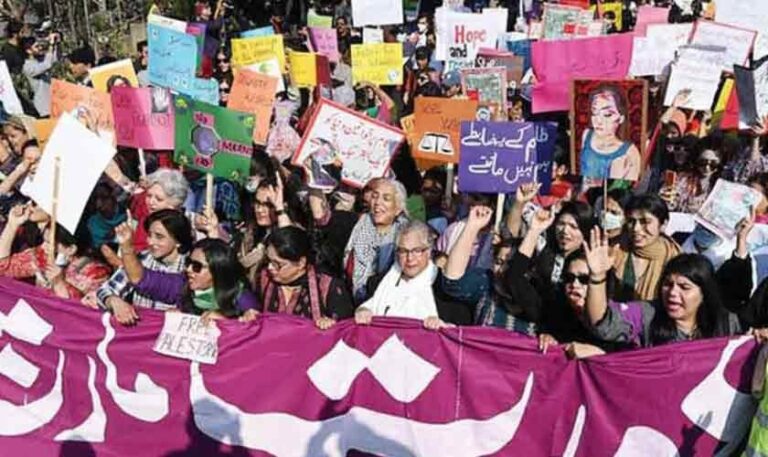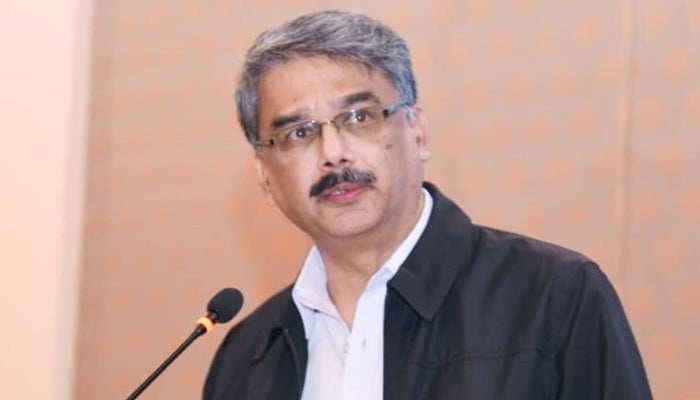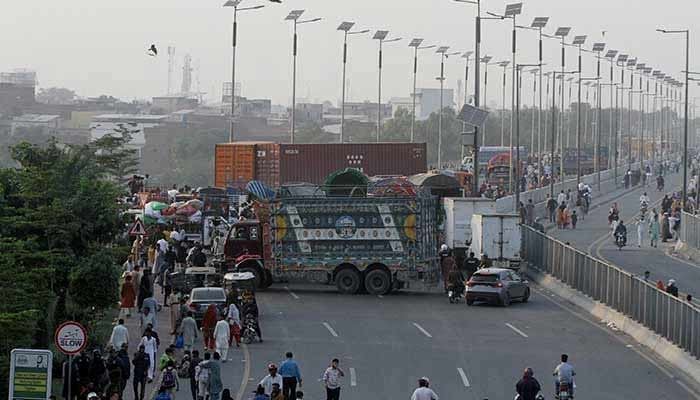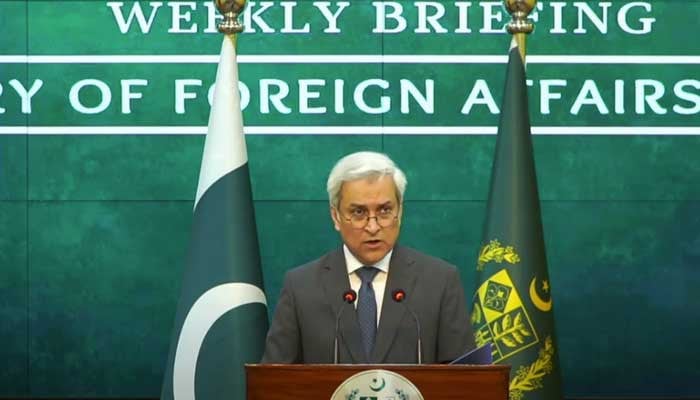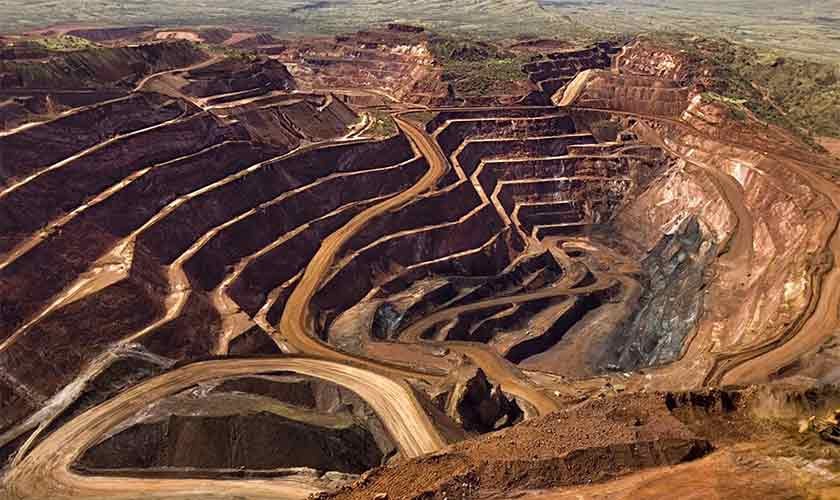
#path #prosperity #Political #Economy
As geopolitics shaped in the 20th century, key minerals have come to define a new frontier of economic value, determining which nations lead the clean energy transition. The history of human development has always been closely related to the quest for gold, oil and land. Now it’s developing into a rush for minerals on which the world’s clean energy future will depend.
In a rapidly changing global economy, high-value sectors, especially those anchored on technology, have assumed a central role in economic resilience, transformation of industries and strategic competitiveness.
Lithium, cobalt, nickel and rare earths are no longer just commodities. They are strategic facilitators of the global clean energy transition as they become the foundation for technologies including electric mobility, renewable generation and large-scale battery storage.
Lithium and rare earth supply chains are reshaping the global influence map. From South America’s lithium triangle to China’s mineral refineries and Africa’s cobalt belt, countries are racing to secure the building blocks of a clean energy economy.
The world is witnessing a new geopolitical realignment not over barrels of crude oil, but over more efficient batteries. To diversify supply and reduce dependence on single sources, countries are competing to dominate the EV battery supply chain, leveraging key minerals for industrial development. Their fundamental position in establishing industrial competitiveness and national energy security is underscored by the rapid demand for resources.
Geographically, Pakistan has significant untapped potential. Areas such as Chagai in Balochistan, Gilgit-Baltistan and parts of Khyber Pakhtunkhwa have associated deposits of copper, rare earths and antimony. If developed strategically, these regions could become the basis for new green industries, from electric vehicle components and battery systems to renewable technology manufacturing.
In this evolving global context, Pakistan’s emergence as a key minerals value chain participant marks an important strategic development. Pakistan’s first shipment of enriched rare earth elements and critical minerals for US strategic metals not only marks a commercial milestone but also a new chapter in economic diplomacy and climate cooperation. Historical shipments including antimony, copper concentrate and rare earth elements show that Pakistan has the potential to become an active player in the world’s clean technology ecosystem.
As essential materials in the world’s future energy transition, these minerals are key components of electric vehicle motors, wind turbine magnets and high-efficiency energy storage systems. The 500 million partnership system supporting this exchange also shows that Pakistan has moved towards exporting raw materials and value-added industrial cooperation.
Such partnerships have far reaching economic, strategic and environmental consequences. The country is turning into an importer of clean energy, rather than an importer of energy. Pakistan can diversify its export base, encourage foreign direct investment, increase the resilience of its industry by including key minerals in its national development agenda in line with Nationally Determined Contributions (NDCS) under the Paris Agreement. Incorporating value chain development processes for refinery establishments is an opportunity to develop clean technologies, train skilled labor and promote green industrial practices.
To continue this, Pakistan must ensure that its growth in the key minerals sector is marked by strong governance, transparency and environmental responsibility. It is important to establish a formal and institutional framework for exploration, extraction and value addition in line with international Environmental, Social and Governance (ESG) standards.
An independent national critical minerals authority could be a point of coordination to facilitate approvals, promote investment and enforce sustainability standards and social protection. Traceability systems, third party certification and clear revenue sharing schemes must be considered. This is important to our confidence.
Pakistan should also focus on capacity building and technology association to ensure clean mining, reduce environmental footprints and incorporate climate resilience into its industrial planning. By integrating sustainability into its mineral strategy, Pakistan can leverage its natural endowment as a tool for inclusive development, so that local communities can increasingly contribute to the country’s transition to global clean energy.
Pakistan’s involvement in international trade in key minerals is a game changer. Recent exports to the United States indicate untapped strategic potential in the clean energy value chain. Its full potential can only be realized through visionary cooperation and policy formulation. Through alliances with technologically advanced countries, particularly the US, Japan and the European Union, Pakistan can access the best processing technology, financing tools and climate-friendly supply chains.
At the same time, it can establish itself as a regional hub of responsible mineral extraction and green production and become home to both domestic industrial and global decoration. This path will not only be consistent with its NDC and decarbonization roadmap, but will also enhance its position in green trade regimes and climate diplomacy globally. Significant mineral development can be a pillar of sustainable prosperity and energy security. This requires the right combination of economic foresight, institutional reforms and international cooperation.
Pakistan can align its key minerals governance with its climate goals, exporting not only ore but also climate solutions. In this transition, minerals are not the only resources. They are instruments of resilience, diplomacy and green growth.
The author is a senior research associate at the Stirling Development Policy Institute. He can be reached at saleha@sdpi.org; at saleha.qureshi7@gmail.com
